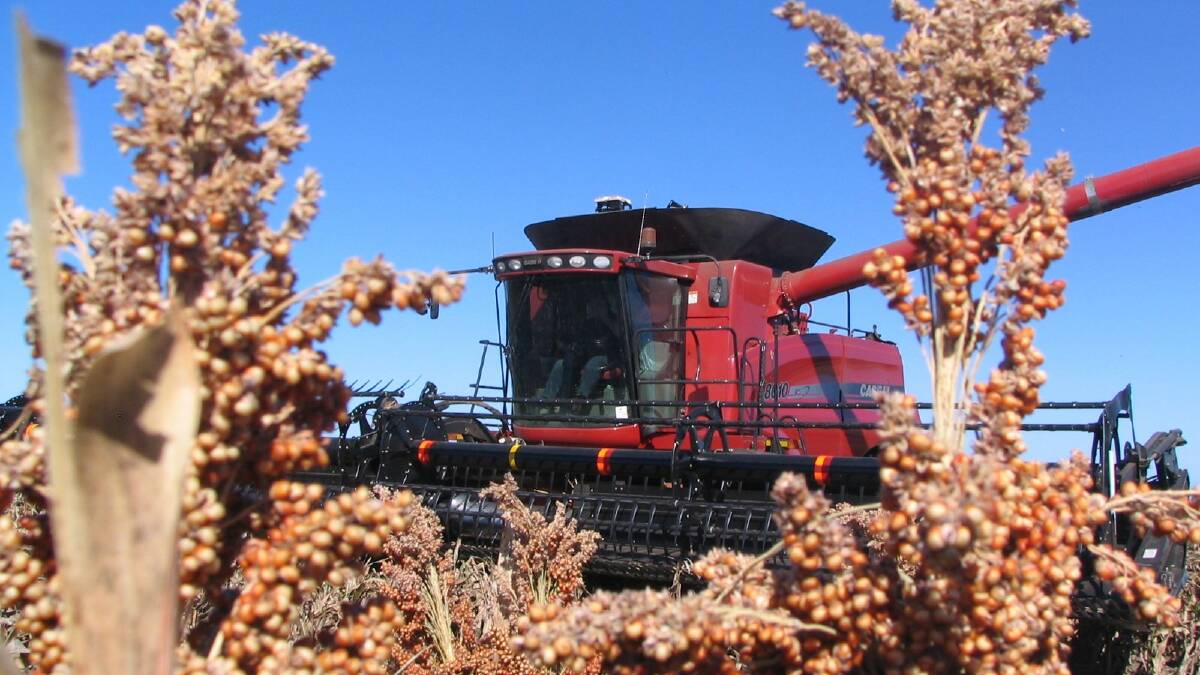
FLOODS have damaged summer crops in northern NSW and southern Queensland but there is some cautious optimism the damage may not be as severe as first thought.
"We've definitely seen some bad losses on irrigated cotton on the Macintyre and Dumaresq Rivers where they just couldn't keep the water out of the paddocks," said grains section president of AgForce, Queensland's peak farmer group, Brendan Taylor.
"However there are also patches where farmers are getting back out and finding that plants are still alive, both in cotton and sorghum," he said.
"We've had a run of nice warm weather and sunny days and things have dried out, so if the crops weren't flooded out they've got plenty of moisture to access and yield potential is actually really good.
"It's the old saying with floods, there is some really severe damage for some but the moisture often is a real positive for others."
In northern NSW, CSD (Cotton Seed Distributors) extension agronomist Bob Ford, based in the Namoi Valley, said it was a slightly different story.
"For the most part the irrigated cotton guys in the lower Namoi have escaped alright, they've managed to use their channels to keep the water out, so we're hopeful there," Mr Ford said.
"It's a different story in the Upper Namoi," he said.
"Areas around Breeza and Spring Ridge have suffered with Lake Goran overflowing, there is a reasonably significant area there, a lot of it dryland cotton, that has suffered heavy damage."
He said the other area of concern would be the far north-west of NSW when the floods arrived.
"The floods are on their way to places like Walgett and given it is so flat out that way the water will spread out a long way and probably sit there for a while.
"The hope there is that it is not too deep to really damage the plants," he said.
Mr Ford said as a rough rule the cotton plants had coped OK with flood waters passing over them, but had run into trouble when water lay still on top for extended periods.
"The modern varieties are really robust, but there are limits," he said.
"It's been a tough start, with a lot of really slow germination due to the cold temperatures at planting time, but we're hopeful a lot of crops will get through."
Further north, Mr Taylor said farmers who had got in early sorghum and escaped flooding were hopeful of good yields.
"Sorghum is pretty tough and even though some plants did not seem to be that big prior to the rain they seem to have survived and are now growing nicely with plenty of moisture and sunlight," he said.
He said farmers were busy planting sorghum, both on flooded paddocks and fresh area, while mung beans are also popular.
"The price for mung beans is well over $1000/t and they're a short season crop so that fits in well, people will look at double cropping with a winter crop should they be able to handle the crop residue of the crops prior to the beans, there is quite a bit of stubble to get through."
"The moisture is encouraging for sorghum, but people are also reluctant to go too late after last year's debacle where it got too late to harvest as it was getting cold, so they'll be conscious of that."
Start the day with all the big news in agriculture! Sign up below to receive our daily Farmonline newsletter.


